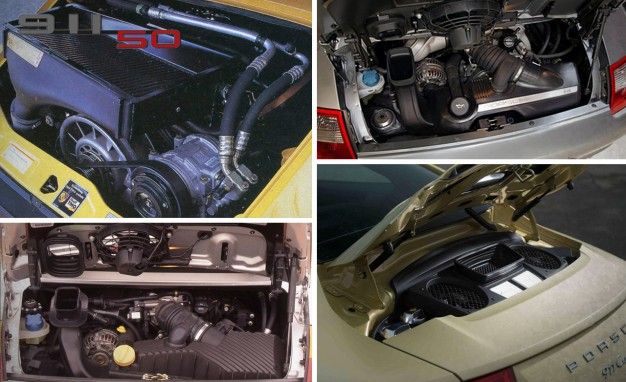


Despite handling better than its six-cylinder sibling thanks to less weight, the 912 is not a fast car, and some 911 enthusiasts will argue that owning one will not give you the authentic Porsche driver's car that we all dream of. It's gotten to the point where even the four-cylinder 912, once dubbed the "poor man's 911," can cost a pretty penny. We would rather get a slightly rougher untouched car and avoid the headache of fixing someone else’s mistakes.The era of the absurdly-priced vintage Porsche 911 has long outstayed its welcome. This car would have to go cheap to interest us, as it is going to need lots of work and it’s hard to say what issues it might have as a result of the work that’s already been done. If we were going to spend this kind of money, we would actually go for a 912 simply for the improved weight distribution and simplicity of the 4 cylinder.

Sure we love the styling and the heritage, but for the kind of money a well sorted one is going for, we could have several 914s and have some left over for repairs and upgrades. We have to admit that we are struggling with the current value of 911s and 912s. Fixing these issues could be a massive job, but as long as there’s no rust and you’re alright with it not looking perfect, it could be enjoyed as is. We just hope the bubbles are a result of poor prep work and not from something more serious such as rust. At first glance it looks great, but upon closer inspection we see lots of imperfections, overspray, and bubbles. It is obviously wearing a relatively new paint job in Tangerine Orange. Looking at this Porsche, it’s easy to tell that the engine swap wasn’t the only work done to it. We don’t think a 6 or 7 horsepower increase is worth all that extra weight, so let’s just hope this motor is one of the much higher performance versions. The 912’s boxer four put out a little over 100 hp, whereas the 911T’s six put out just 108 hp. We aren’t sure which model this engine was pulled from, but if it came out of a 911T it may actually hurt performance. If the six cylinder added considerably more power, it would easily offset the weight increase. The 911 weighed on average 250 pounds more than the 912, with most of the added weight being in the back. The 912 and the 911 it’s based on have their motors mounted aft the rear wheels, meaning every pound of weight added to the back is going to have a substantial impact on balance and handling.

Usually the point of an engine swap is to drastically increase performance, but dropping a larger and heavier engine into a car doesn’t always make if faster. It has been parked for a while, but the seller claims the motor was run about a year ago. But just because it’s a relatively easy swap, does that make it a good choice? Well a previous owner of this 1969 Porsche 912 decided to find out and installed a 911 engine in it. So what about upgrading a Porsche 912 with a 911 six cylinder? Unlike a Mustang, a 912 doesn’t need the brakes and suspension upgraded to keep it safe after the swap. Take upgrading a six cylinder Mustang to a V8, sure it can be done, but the cost of doing it right would exceed the cost of buying a car that originally came with a V8. There are however certain cars that are better left alone. We have seen a lot of engine swaps over the years and if done properly they are typically a worthwhile upgrade.


 0 kommentar(er)
0 kommentar(er)
